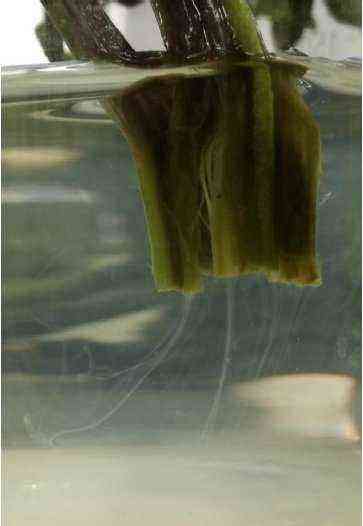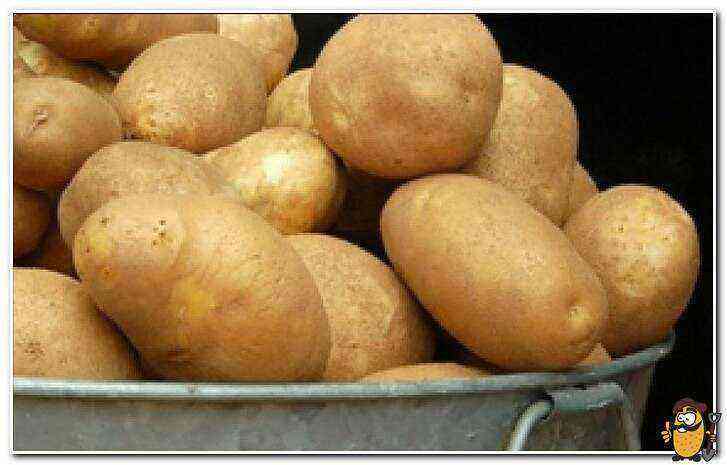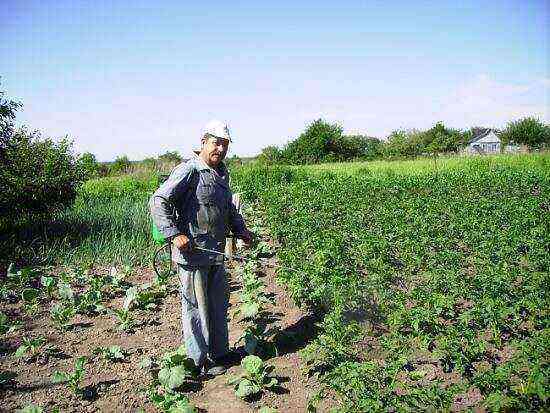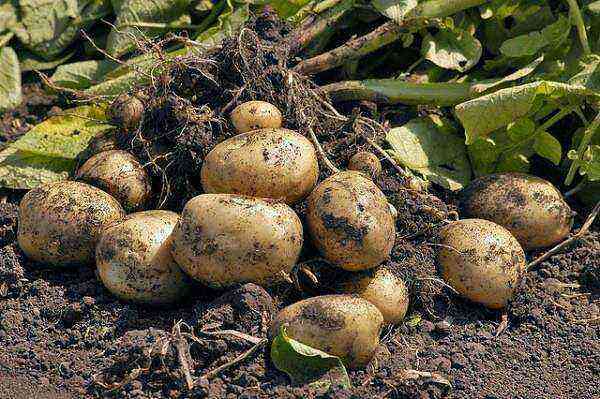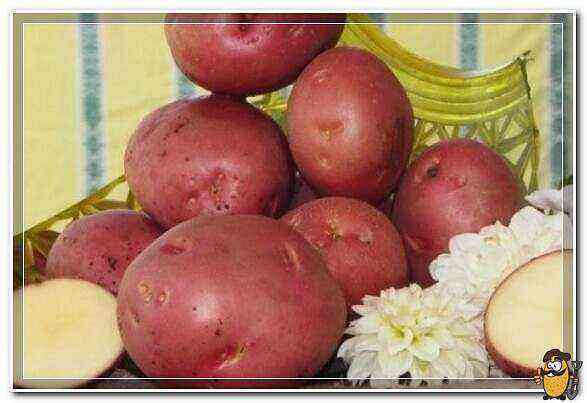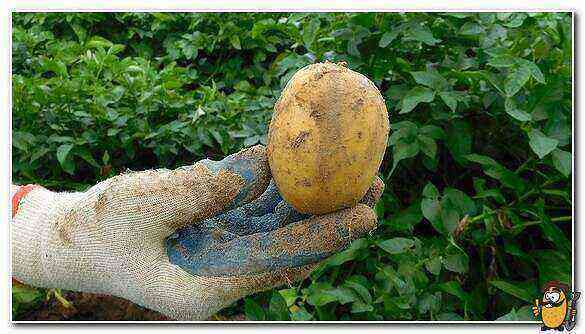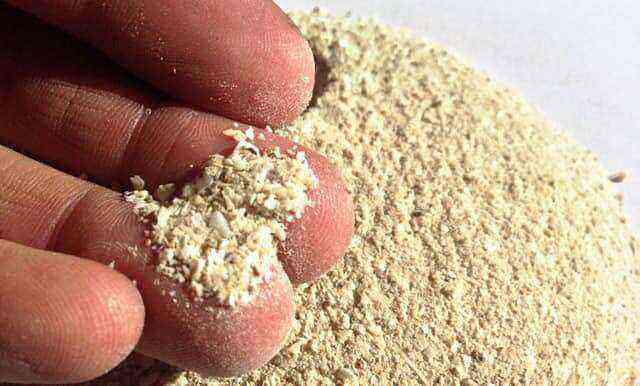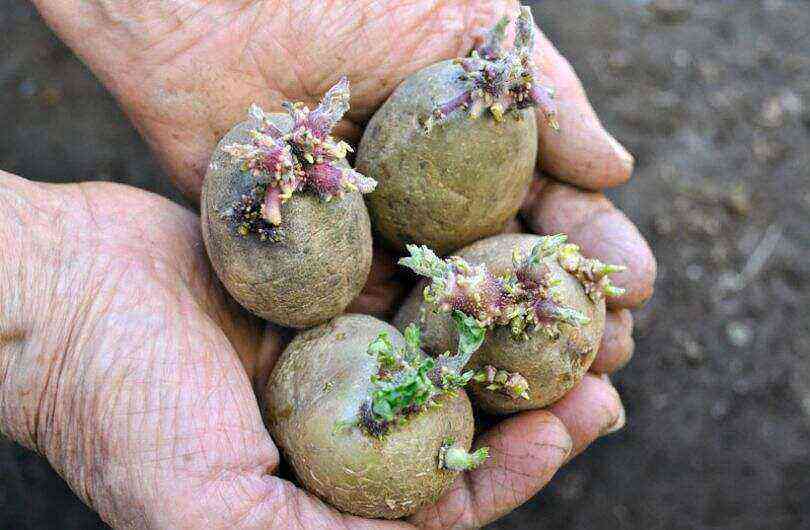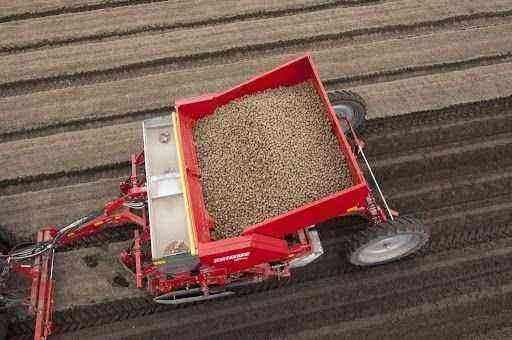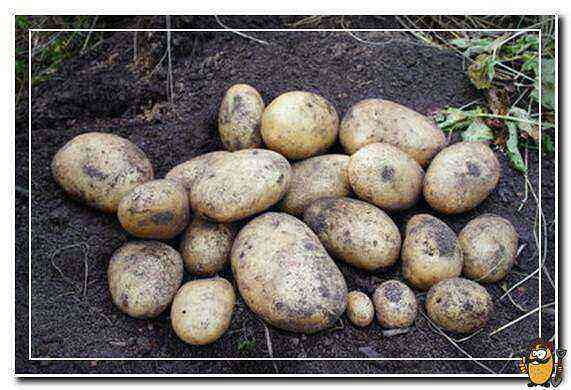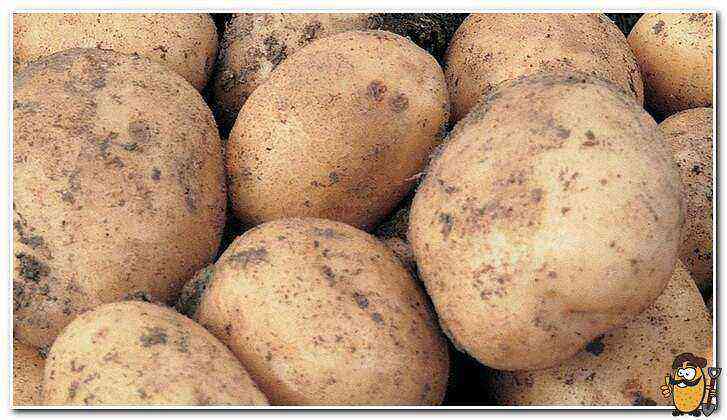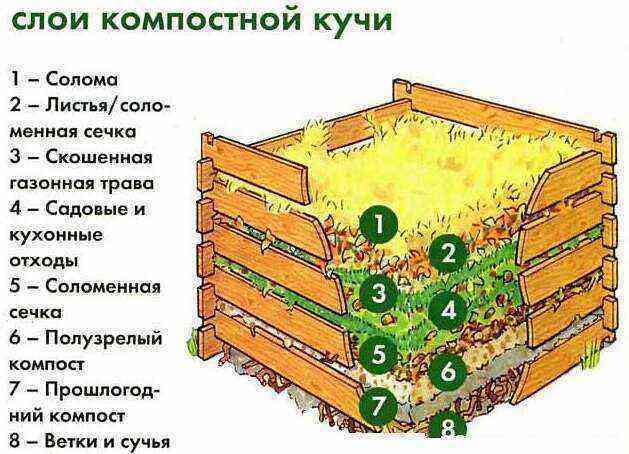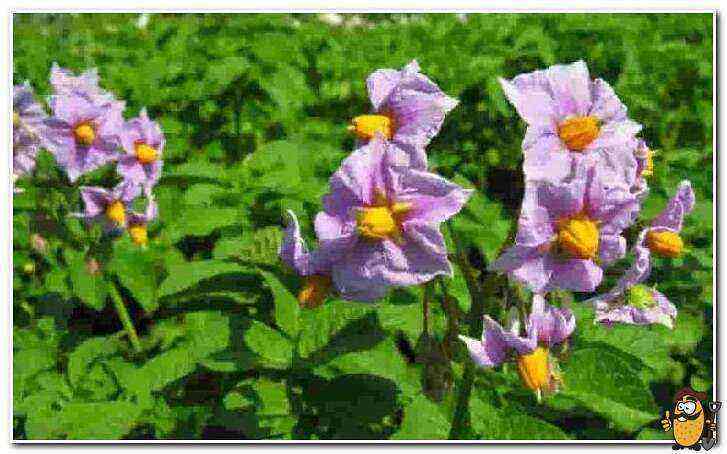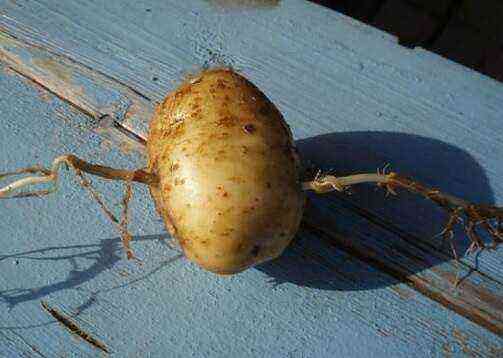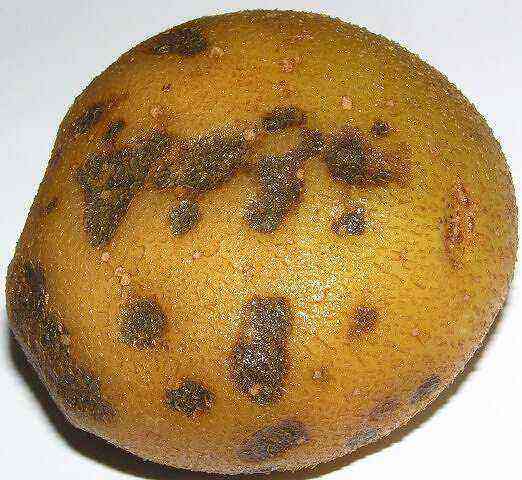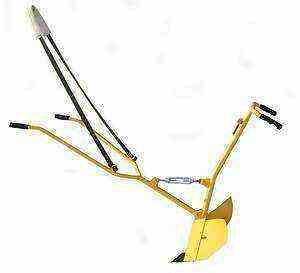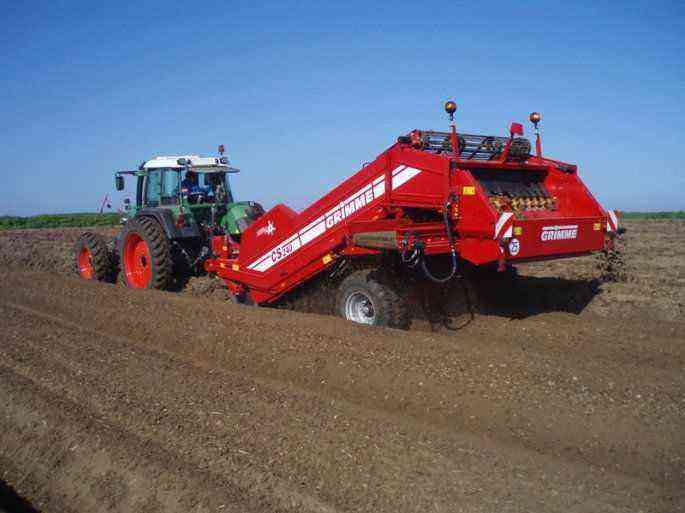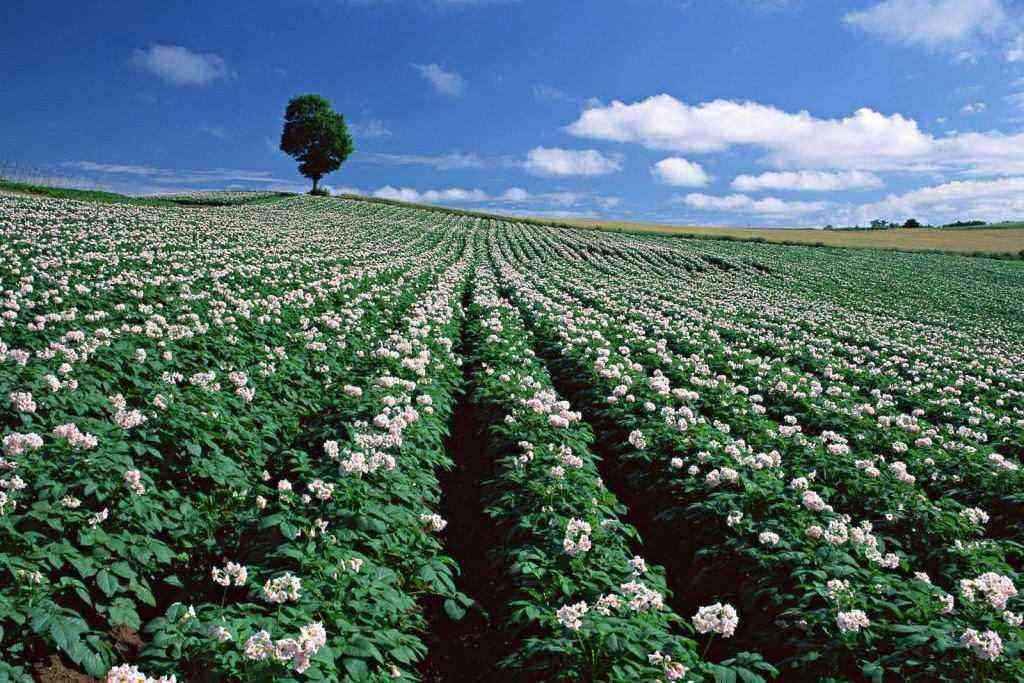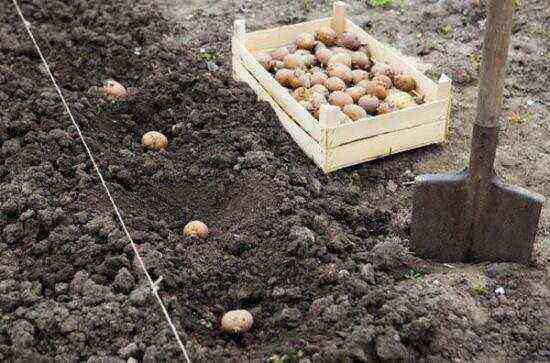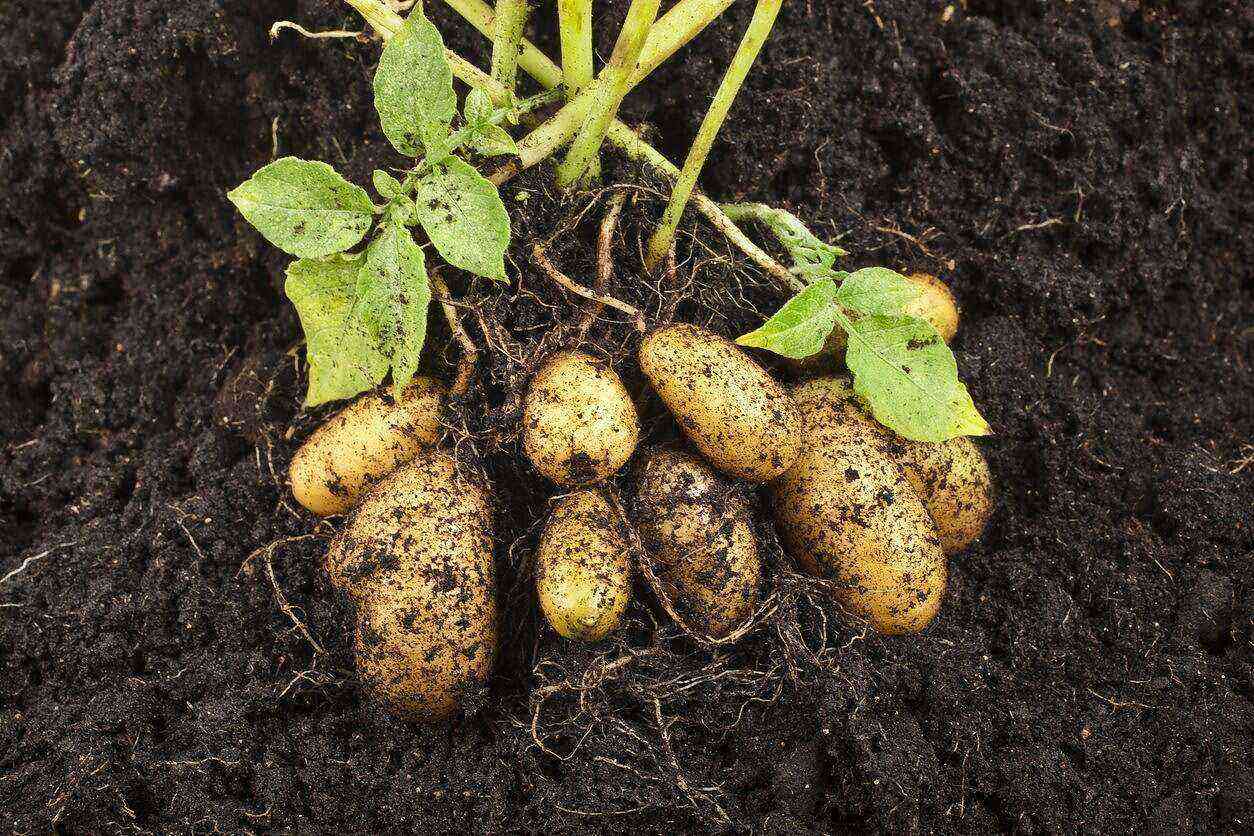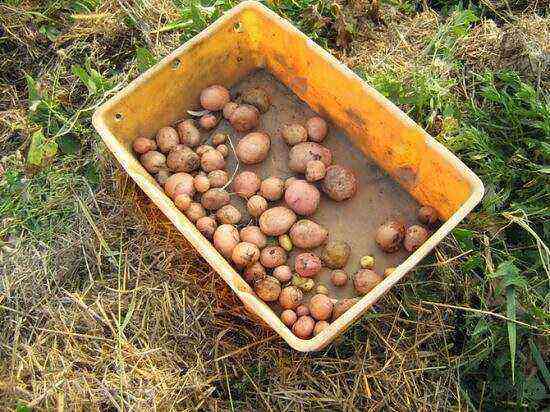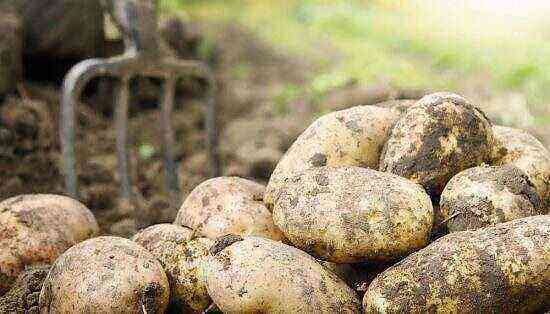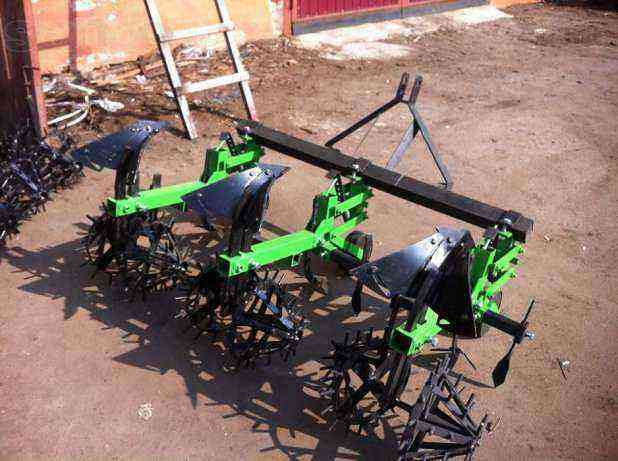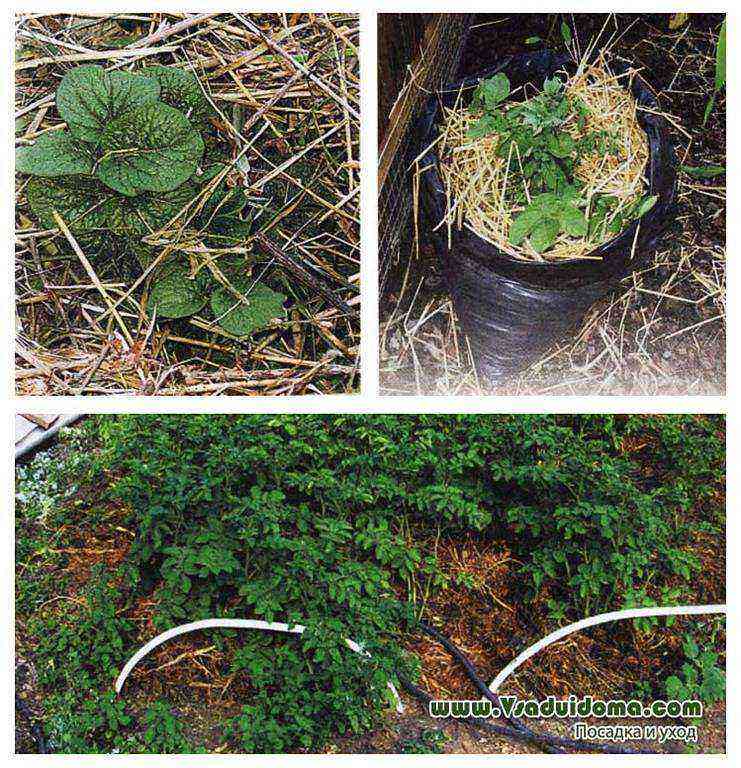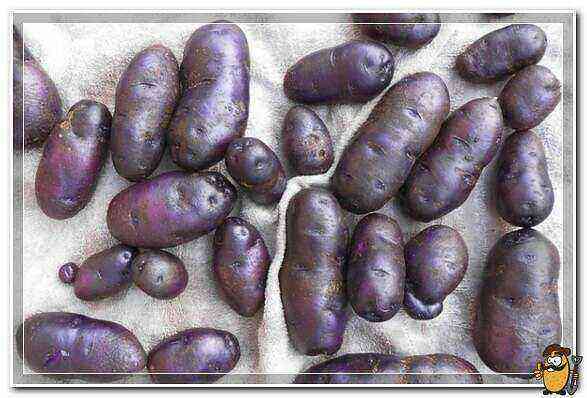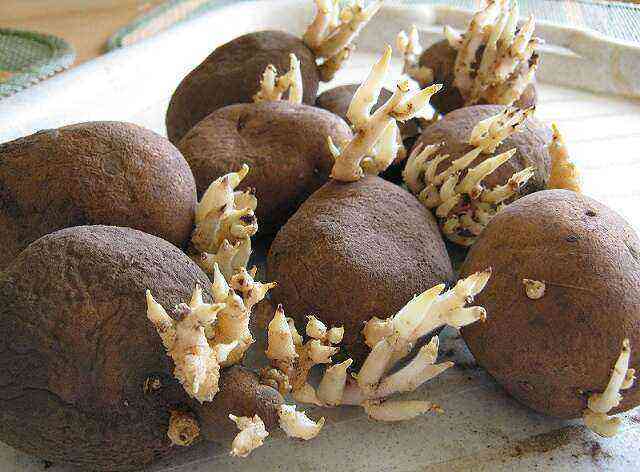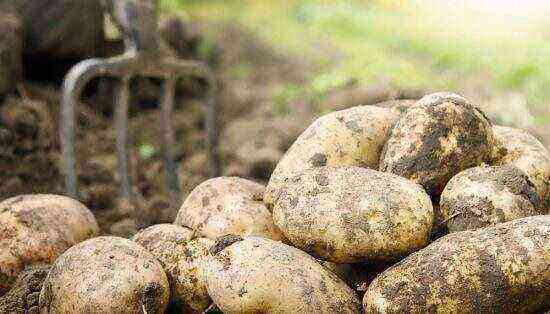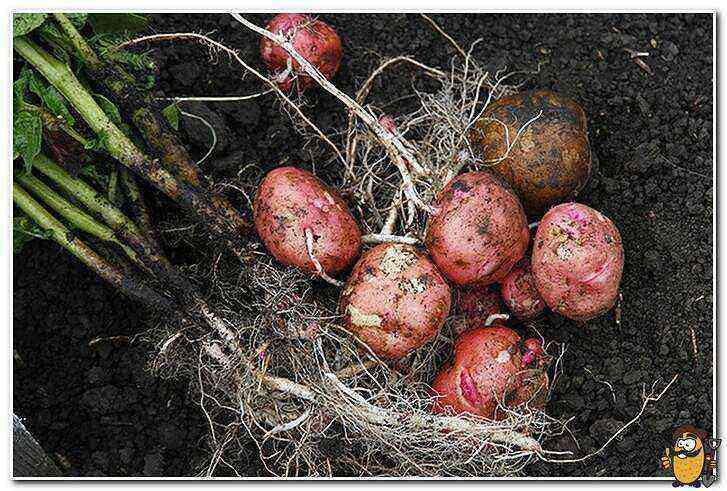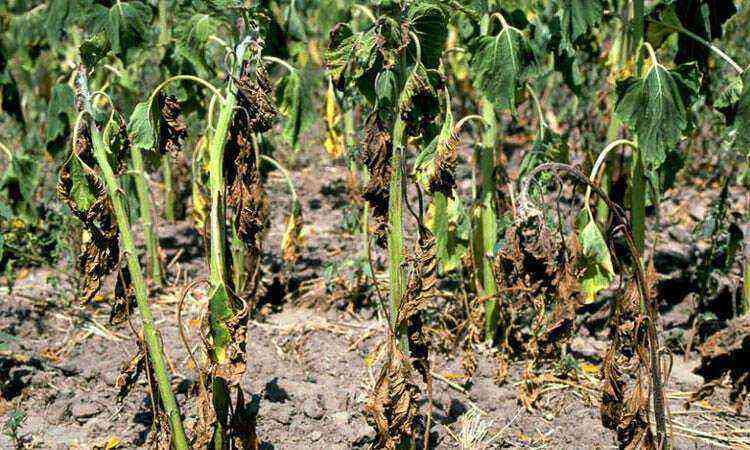Nitrogen and phosphorus are two of the three essential elements required for the normal development of potatoes. If we take the yield of 250-400 kg per one hundred square meters as the norm, then the tubers grown in this territory should assimilate 1,2-3 kg of nitrogen and 0,3-0,8 kg of phosphorus from the soil. Moreover, the assimilation of nutrients largely depends on the type of soil: on acidic soils, potatoes absorb phosphorus worse.
Ideally, all the compounds necessary for potatoes should contain organic matter, but in practice it often turns out that ordinary manure is rich in nitrogen, but poor in phosphorus. To make up for the shortage, you have to add chicken manure to the soil (it contains 6 times more phosphorus than cow dung), or use mineral nitrogen and phosphorus fertilizers for potatoes.
Features of nitrogen and phosphorus fertilizers
Of the nitrogen fertilizers for potatoes, ammonium sulfate, potassium or ammonium nitrate, and urea are most often used.
The most popular phosphate fertilizers are phosphate rock and superphosphate: simple and double. Double superphosphate differs from simple superphosphate in increased phosphorus content (in simple – 16-20%, in double – 43-46%). Simple superphosphate contains small amounts of sulfur, calcium and magnesium (this is usually indicated on the label). The composition of double superphosphate can include iron, calcium, magnesium.
In order not to calculate the exact proportions, many gardeners prefer to use combined fertilizers consisting of nitrogen, phosphorus and potassium: nitrophoska and nitroammophoska. The manufacturers indicate the percentage of ingredients on the label (as N: P: K).
When buying fertilizers, it should be borne in mind that most phosphorus compounds are washed out of the soil for a very long time. Therefore, it is better to apply nitroammophoska in the fall, and the faster dissolving nitrophosphate – in the spring. Superphosphate is applied both in spring and autumn.
Nitrogen fertilizers lose their beneficial properties when mixed with ash, lime, chalk. In an alkaline environment, ammonium ions react to form ammonium hydroxide, which decomposes into water and volatile ammonia. If the soil is too acidic, then it is first deoxidized, and nitrogen fertilizers for potatoes are applied at least 3-4 weeks later. In order not to waste time in vain, it is advisable to deacidify the soil in the fall, and fertilize in the spring. If such an interval cannot be observed, then it is allowed to use together only urea and ash (or other potash fertilizers), mixing them immediately before application.
Phosphate fertilizers also do not mix well with alkalizing agents. Simple superphosphate is allowed to be mixed with all nitrogen fertilizers, except for urea. When using urea, the simple superphosphate is replaced with a double one.
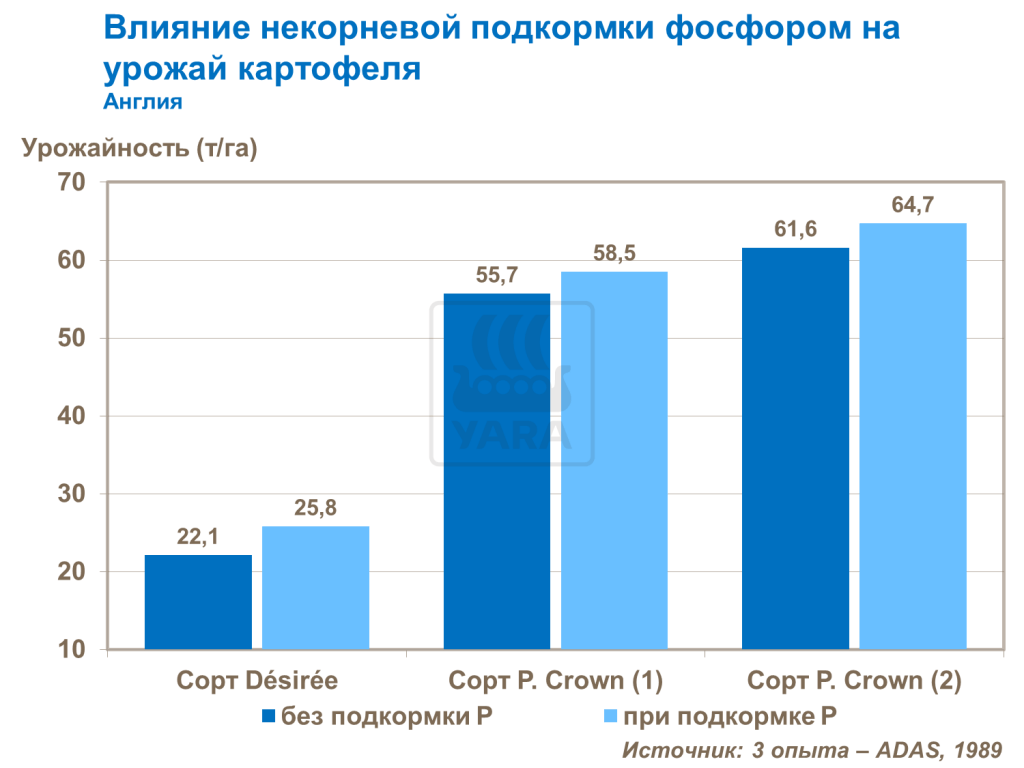
Consequences of incorrect dosage of fertilizers
For mineral fertilizers, the principle “you can’t spoil the porridge with butter” is not applicable: the yield of potatoes decreases both with a shortage and with an excess of nutrients:
- with a lack of nitrogen, the growth of tops slows down, the upper leaves acquire a light green color (turn pale), the lower ones turn yellow prematurely;
- with a lack of phosphorus, the leaves become small, acquire a dark green color (sometimes even with a purple tint), the bushes do not bloom well, dark brown stripes appear on the tips of the leaves, similar to burns. Due to phosphorus starvation, brown spots appear in the pulp of the tubers, in the form of concentric circles;
- with an excess of nitrogen, the tops grow tall and powerful, and the tubers remain small;
- when oversaturated with phosphorus, the potato loses the ability to absorb iron and zinc, which is why the tops of the shoots turn yellow prematurely.
Fertilizing potatoes in spring
If no mineral fertilizers were used in the fall, then in the spring it is necessary to add 1–1,5 kg of ammonium nitrate and 2-2 kg of simple superphosphate to the soil (per 3 hundred square meters). To enrich the soil with potassium, ash or 1,5–2 kg of potassium sulfate is added to the soil. All these fertilizers can be replaced by 2-3 kg of nitrophosphate. If in the fall the soil was fertilized with organic matter, then in the spring it is better not to apply nitrogen fertilizers at all, and reduce the dose of simple superphosphate to 1–1,5 kg per hundred square meters.
To save fertilizers, it is recommended to apply them directly to the holes when planting potatoes. For one well you need 5-6 g of nitrophosphate or a mixture of 3-4 g of simple superphosphate and 3-5 g of ammonium nitrate. If humus is placed in the hole, then ammonium nitrate is not needed.
If it is necessary to add ash to the wells during planting, then it is better not to use simple superphosphate for potatoes. It should be replaced with a double (halving the dose) or equal amount of phosphate rock, and ammonium nitrate with urea.
A dressing agent for tubers is prepared from mineral fertilizers. To do this, dissolve in 10 liters of water:
- simple superphosphate – 60 g;
- ammonium nitrate – 40 g;
- copper sulfate – 5 g;
- potassium permanganate – 1 g;
- boric acid – 10 g.
The tubers are dipped in batches in the solution, then dried and laid out in the holes.
Summer dressing of potatoes
Potatoes “like” to be fertilized in small portions, but evenly. Therefore, during the growing season, it is recommended to carry out root and foliar dressing.
When watering, use a solution of 15 g of urea or 20 g of ammonium nitrate in 10 liters of water. For watering one bush, you need 0,5 liters of solution. Instead, you can make a groove at a distance of 5-6 cm from the potato bushes and pour nitrophosphate into it at the rate of 7-10 g per bush.
For foliar feeding, a solution is prepared according to one of the recipes:
- 10-15 g of nitroammofoska per 10 liters of water;
- 15-20 g of urea and 2-3 g of double superphosphate per 10 liters of water.
For foliar dressing, ammonium nitrate cannot be used: it can slow down the growth of tops.
Processing a potato plot in autumn
If there is no organic matter, then in the fall, for plowing, 2 kg of simple superphosphate, 2 kg of ammonium nitrate and 2 kg of potassium chloride (per 1 hundred square meters) are introduced. Another option: 2 kg of urea and 1 kg of double superphosphate. These fertilizers can be replaced with 3 kg of nitroammophoska.
If the soil is fertilized with cow dung or compost, nitrogen fertilizers are not applied, and the dose of phosphorus and potassium fertilizers is reduced by 2–3 times.
